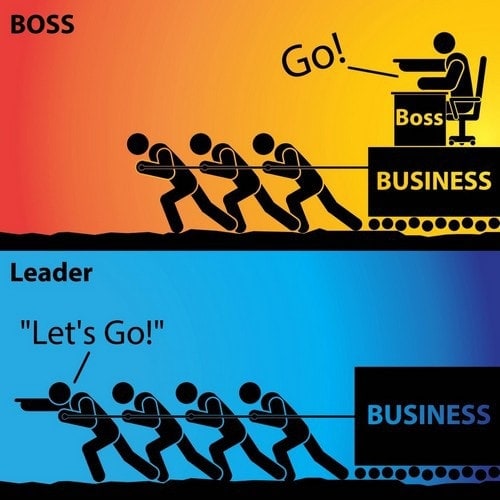
The Six Box Model: A Comprehensive Framework for Organizational Success

The Six Box Model by Marvin Weisbord is a powerful framework that assists companies in optimizing their effectiveness It comprises six key components, including Purposes, Structure, Relationships, Rewards, Leadership, and Helpful Mechanisms By leveraging these elements, organizations can enhance their performance and achieve their objectives more efficiently
The Six Box Model, created by Marvin Weisbord, provides a comprehensive framework for businesses to evaluate the effectiveness of their operations and processes that contribute to growth and success. A significant advantage of this model is its flexibility, allowing it to be applied across various industries and domains.
Anatomy of the Six Box Model by Weisbord
The Six Box Model by Weisbord consists of six integral components: purposes, structure, relationships, rewards, leadership, and helpful mechanisms. A thorough analysis and understanding of this model is essential for any business, as it can unveil valuable insights that contribute to business growth and profitability.
The model assists businesses in identifying common mistakes made by management who assume they know and understand every aspect of the company. By recognizing that there is always more to learn, a competitive advantage can be gained to succeed in the industry. The model is composed of various components, including the aspect of purposes, which emphasizes the importance of management and key team members agreeing and supporting the organization's values, goals, aims, and mission.
The model's structure emphasizes the importance of aligning the internal framework with the organization's overall objectives. Additionally, the relationship aspect of the model highlights the various connections between individuals within the company, departments, and the nature of their roles. It also examines potential conflicts, interdependencies, and the quality of these relationships.
Rewards are a crucial aspect of the model, highlighting the types of rewards offered to employees, the attributes that are rewarded or punished, and the measures taken by the organization to ensure they align with the business environment. The leadership aspect of the model centers on the leadership style within the organization, the leadership programs established by leaders, and their alignment with the company's core values and objectives.
Detailed Components of the Six Box Model by Marvin Weisbord
: Enhancing Organizational MechanismsIn order to achieve the desired objectives, it is essential to evaluate the effectiveness of organizational mechanisms. These mechanisms can either facilitate or hinder progress towards the goals. Therefore, it is important to assess and improve these mechanisms to ensure optimal functionality and success.
1) Purposes
The initial box of Weisbord's Six Box Model may seem simplistic, but it holds a vital position in the framework. It requires a thorough analysis of your business, including what industry you operate in, the products and services you offer, and your long-term goals. While seemingly straightforward, this analysis can become complex when considering factors like identifying your target audience and market, anticipating potential obstacles, and assessing direct and indirect competitors.
2) Structure
The second aspect of the Six Box Model, devised by Weisbord, delves into the mechanics of your business operations and provides a comprehensive analysis of day-to-day activities. The organizational structure serves as a pivotal factor in determining the daily manufacturing output and associated costs, which ultimately impact revenue generation and profitability.
Equally important is the allocation of roles and responsibilities to each team member, ensuring that organizational objectives are met through aligned and efficient business operations. Without a well-structured approach, even innovative and high-quality products may fall short of expectations. Therefore, this aspect of the model must be given due consideration to achieve the desired outcomes and goals of the company.
3) Relationships
The success and growth of a business relies heavily on the relationships it fosters. These relationships exist between management and employees, among employees themselves, and between the company and outside parties like investors, customers, stakeholders, and vendors. Additionally, the relationship between employees and the technology they use is also important, and all of these relationships should yield positive results in order to achieve desired outcomes.
When issues or conflicts arise in any of these relationships, it is crucial for management to take swift and decisive action to resolve them. By doing so, they can prevent these conflicts from becoming obstacles to achieving the company's objectives. Conflicts are inevitable, but the key is to know how to handle and resolve them effectively, as healthy relationships are vital to the growth and success of any business.
4) Rewards
Rewritten: The fourth aspect of the model emphasizes the power of rewards in motivating individuals to perform at their highest potential. While a salary is a natural form of compensation in any workplace, effective management goes beyond this by offering additional incentives to encourage exceptional effort and output from employees. An organizational culture that recognizes and rewards the contributions of all members, from top management to assistants, fosters a sense of ownership and motivation towards achieving shared goals.
5) Leadership
6) Helpful Mechanisms
Effective leadership is crucial for the success of an organization. A strong leader must possess not only the ability to motivate the staff but also to guide them towards achieving the organization's goals and objectives. However, being a good leader does not mean being authoritarian. Instead, a leader should be empathetic, patient, and work collaboratively with the team to steer the organization towards success.











